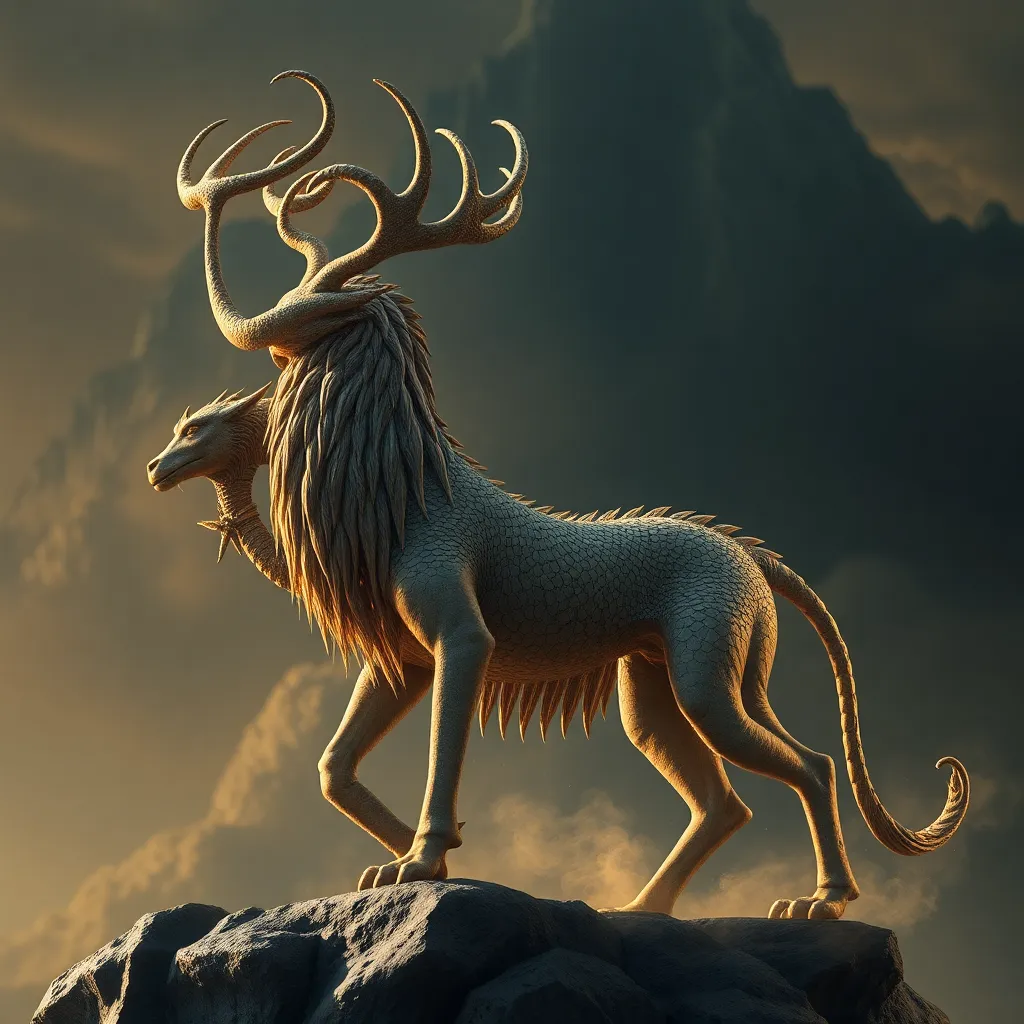Mythological Creatures as Allegories: Lessons from Greek Myths
I. Introduction
Mythological creatures have played a pivotal role in shaping the narratives and moral frameworks of various cultures, particularly in Greek mythology. These creatures, often fantastical and otherworldly, serve not only as characters in stories but also as symbols that convey deeper meanings and lessons. In literature, allegory is a powerful device that allows authors to express complex ideas through symbolic figures and events. Greek mythology, with its rich tapestry of gods, monsters, and heroes, provides a profound backdrop for exploring these allegorical meanings and their implications for human existence.
II. The Nature of Allegory in Greek Myths
Allegory is a literary device where characters or events represent broader concepts, often moral, political, or philosophical. In Greek myths, allegory functions as a way to impart ethical lessons and explore human nature. These myths were not just entertainment; they served as educational tools, conveying societal values and norms to generations.
- Historical context: Greek myths were often recited or performed in public gatherings, embedding them deeply in the cultural consciousness.
- Character symbolism: The characters in these myths frequently embody specific traits or moral lessons, allowing audiences to reflect on their own lives and societal issues.
III. The Minotaur: Confronting Inner Demons
The Minotaur, a creature with the body of a man and the head of a bull, is one of the most iconic figures in Greek mythology. Born from a cursed union between Pasiphaë and a majestic bull, the Minotaur resides in the labyrinth, a maze constructed by Daedalus. This creature serves as a powerful allegory for the inner demons that we all face.
In interpreting the Minotaur, we can see it as a representation of:
- Human fears: The beast symbolizes the primal instincts and fears that reside within us.
- Desires: It also reflects the darker aspects of human desire, often leading to chaos and destruction.
The myth teaches us the importance of confronting our personal struggles and the societal issues that mirror our internal conflicts. Just as Theseus bravely faced the Minotaur, we too must face our fears to overcome them.
IV. Medusa: The Power of Transformation
Medusa’s story is one of tragedy and transformation. Once a beautiful maiden, she was cursed by Athena, resulting in her transformation into a Gorgon with snakes for hair. Medusa’s tale is rich with allegorical meaning, representing themes of victimization and empowerment.
Medusa can be analyzed as:
- A victim of circumstances: Her transformation reflects the harsh realities of being victimized by others.
- Empowerment through adversity: Despite her curse, Medusa becomes a powerful figure, capable of turning those who gaze upon her to stone.
Her story provides insights on resilience and the potential for personal change, reminding us that even in our darkest moments, we can find strength and power.
V. The Sirens: The Dangers of Temptation
The Sirens, known for their enchanting songs that lured sailors to their doom, serve as a cautionary tale about the dangers of temptation. Their beauty and allure represent the distractions that can lead us astray in life.
As an allegory, the Sirens symbolize:
- Temptation: Their songs represent the enticing but dangerous distractions that can derail our goals.
- Distraction: They remind us of the importance of staying focused amidst life’s myriad temptations.
The lessons drawn from the Sirens emphasize the necessity of self-control and the importance of maintaining focus in our pursuits, both personal and professional.
VI. Prometheus: The Gift of Knowledge and Its Consequences
Prometheus is a titan who defied the gods by stealing fire and giving it to humanity, an act that symbolizes the gift of knowledge and enlightenment. However, this gift came with dire consequences, highlighting the dual nature of knowledge.
The myth of Prometheus illustrates that:
- Knowledge is a blessing: Fire represents innovation, creativity, and progress.
- Knowledge can be a curse: The punishment inflicted upon Prometheus underscores the potential dangers and ethical dilemmas that accompany human progress.
This allegory prompts reflection on the ethical implications of innovation and the responsibilities that come with knowledge, urging us to consider the broader impact of our advancements.
VII. The Phoenix: Rebirth and Renewal
The Phoenix, a mythical bird that bursts into flames upon death and is reborn from its ashes, symbolizes the cycle of death and renewal. This powerful imagery serves as an allegory for personal growth and resilience.
In relation to personal growth, the Phoenix represents:
- Death and rebirth: The cycle signifies that endings can lead to new beginnings.
- Resilience: The ability to rise from the ashes symbolizes our capacity to overcome adversity.
The lessons from the Phoenix inspire hope and highlight the power of reinvention, reminding us that we can emerge stronger from our challenges and setbacks.
VIII. Conclusion
In conclusion, the allegorical significance of Greek mythological creatures offers profound insights into human nature and societal challenges. From the Minotaur’s representation of inner demons to the Phoenix’s cycle of renewal, these myths provide timeless lessons that remain relevant in our contemporary lives. They encourage us to confront our fears, resist temptation, and embrace the transformative power of knowledge and resilience.
As we explore these myths, we are reminded of the rich tapestry of human experience woven through allegory, urging us to reflect on our own lives and the world around us. Engaging with these stories not only deepens our understanding of ancient cultures but also enriches our personal and societal insights.




